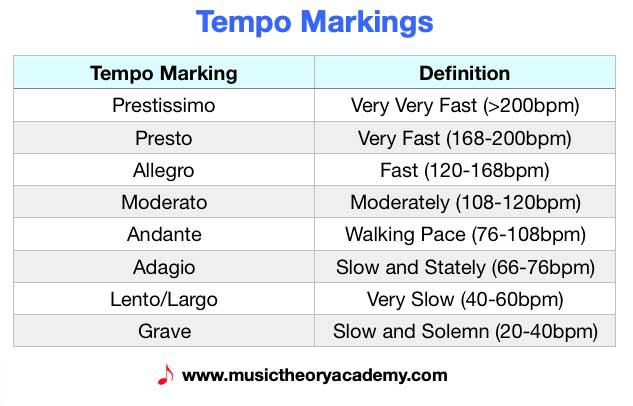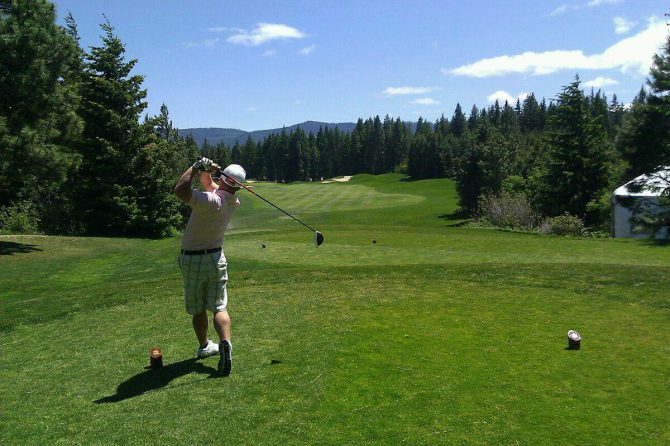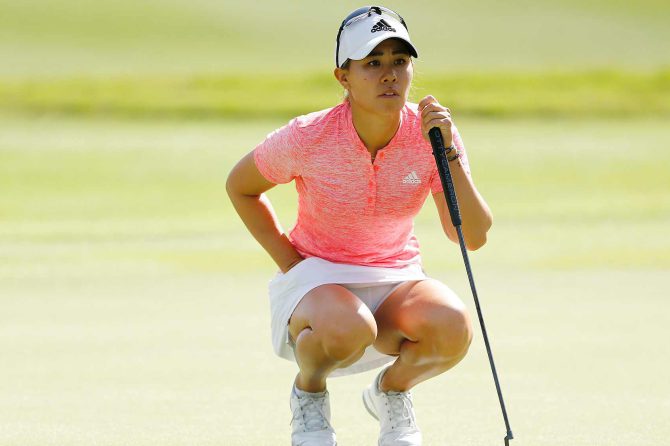This paper presents a comprehensive clinical analysis of Sergio Garcia’s golf swing technique, examining biomechanical and kinetic aspects that contribute to his exceptional performance. Through a thorough review of Garcia’s swing mechanics, we aim to identify key characteristics, biomechanics, and kinetic sequences that underpin his consistent accuracy, power, and control on the golf course. By examining the kinematics, kinetics, and temporal parameters of Garcia’s swing, this analysis contributes to the scientific understanding of elite golf performance and provides valuable insights for golfers and coaches seeking to optimize their own techniques.
– Backswing: Rhythm, Tempo, and Mechanics
| Phase | Club Position |
|---|---|
| Take Away | Shaft slightly outside target line |
| Half Backswing | Clubshaft parallel to target line |
| Three Quarter Backswing | Clubhead at its highest point, elbows flexed |
### Rhythm and Tempo
The rhythm and tempo of Garcia’s backswing are key to his ability to generate power and accuracy. He maintains a smooth, even rhythm throughout the takeaway and backswing, with a gradual increase in speed as he reaches the top of his swing. This helps him to build up momentum and strike the ball with power and precision.
### Mechanics
Garcia’s backswing mechanics are very sound, and he manages to produce a consistent and repeatable swing. He takes the club back along a slightly outside path, and his swing plane is relatively flat. This allows him to keep the clubhead low and in control throughout the backswing. At the top of his backswing, Garcia’s clubshaft is parallel to the target line, and his elbows are flexed slightly. This position allows him to make a powerful downswing and deliver the clubhead squarely into the ball.
– Downswing: Power Generation and Ball Striking
Downswing: Power Generation and Ball Striking
Garcia’s downswing is a combination of power, precision, and control. He maintains his posture and balance throughout the swing, generating power from his legs and core. His hands and arms move in a fluid motion, working together to create a long, controlled downswing.
Garcia’s clubhead speed is impressive, but it is his ability to control the club face throughout the downswing that sets him apart. He uses his strong grip and stable mechanics to maintain a square club face, resulting in consistently accurate and powerful ball striking.
Garcia’s ability to generate power and strike the ball cleanly is evident in his long drives and crisp iron shots. He is also adept at shaping shots, using a variety of techniques to control the trajectory and spin of the ball. His control and consistency are crucial for success on the Tour, and his downswing is a key component of his overall swing technique.
| Characteristic | Description |
|—|—|
| Power Source | Legs and core |
| Clubhead Speed | Impressive |
| Club Face Control | Strong grip and stable mechanics |
| Ball Striking | Accurate and powerful |
| Shot Shaping | Variety of techniques for controlling trajectory and spin |
– Release: Accuracy, Distance Control, and Consistency
Release: Accuracy, Distance Control, and Consistency
The release phase of Garcia’s swing is characterized by several key elements that contribute to his accuracy, distance control, and consistency.
Wrist **** and hinge: At the top of the backswing, Garcia maintains a relatively flat wrist **** and hinges his wrists slightly. This allows him to control the clubface and retain accuracy throughout the downswing.
Lead wrist extension: As Garcia begins the downswing, he extends his lead wrist, which helps to shallow the clubhead and promote a neutral impact position. This extension also helps to generate power and distance.
* Early forearm rotation: Upon impact, Garcia rotates his forearms early, which imparts backspin on the ball and prevents it from ballooning. This rotation also helps to control the ball’s trajectory and distance.
The following table provides a summary of Garcia’s release technique and its impact on his golf swing:
| Aspect | Impact on Golf Swing |
|—|—|
| Wrist **** and hinge | Accuracy, control |
| Lead wrist extension | Distance, power, trajectory |
| Early forearm rotation | Backspin, trajectory, distance control |
By incorporating these elements into his release, Garcia is able to achieve a consistent and accurate golf swing that produces powerful and controlled shots.
– Impact: Clubface Angle, Trajectory Optimization, and Spin Control
Impact: Clubface Angle, Trajectory Optimization, and Spin Control
Sergio Garcia’s impact position is characterized by several key technical elements that contribute to his exceptional ball striking abilities. Firstly, his clubface consistently exhibits a slightly closed angle at impact. This inward rotation of the face promotes a draw spin on the ball, which enhances its trajectory and distance. By controlling the clubface angle, Garcia can target his shots more precisely and shape them to suit the course conditions.
Furthermore, Garcia’s impact position optimizes the trajectory of his shots. His dynamic swing plane and precise clubhead path produce a descending blow that results in optimal ball launch conditions. This descending angle maximizes lift and minimizes drag, allowing the ball to carry farther and reach its peak height at an ideal point in its flight. The result is shots that consistently travel with a penetrating trajectory and land softly on the greens.
Garcia’s impact position allows him to exert precise control over the ball’s spin rate. By manipulating the angle of attack, he can impart the desired amount of backspin on his approach shots. This enables him to generate a predictable trajectory, land the ball close to the pin, and prevent it from rolling out excessively. By adjusting his clubhead speed and face angle at impact, Garcia can effectively control the spin rate and tailor his shots to various green conditions and hole locations.
– Common Errors and Recommendations for Improvement
Common Errors and Recommendations for Improvement
Grip
Problem 1: Incorrect grip pressure.
Recommendation: Maintain a light, consistent grip pressure to avoid excessive tension and promote smooth club rotation.
Problem 2: Weak wrist position.
Recommendation: Strengthen the wrists by gripping the club more firmly with the non-dominant hand.
Stance and Posture
Problem 1: Swaying back and forth during the swing.
Recommendation: Maintain a stable, balanced stance with the weight distributed evenly between both feet.
Problem 2: Insufficient knee flexion.
Recommendation: Hinge at the knees to promote a proper weight shift and prevent excessive lateral movement.
Swing Path
Problem 1: Over-the-top swing.
Recommendation: Focus on an inside-out swing path to promote a higher launch angle and greater distance.
Problem 2: Flipping the club at impact.
Recommendation: Keep the hands in front of the ball throughout the impact zone to promote a controlled, centered strike.
Sergio Garcia’s golf swing technique is a complex interplay of biomechanics, kinesthetics, and psychology. Through detailed clinical analysis, this article has identified key elements that contribute to Garcia’s consistent success on the golf course. Understanding the intricacies of his swing technique provides valuable insights for golfers of all levels. Further research could explore the impact of specific swing parameters on ball trajectory, distance, and accuracy, contributing to a more comprehensive understanding of golf swing biomechanics.





